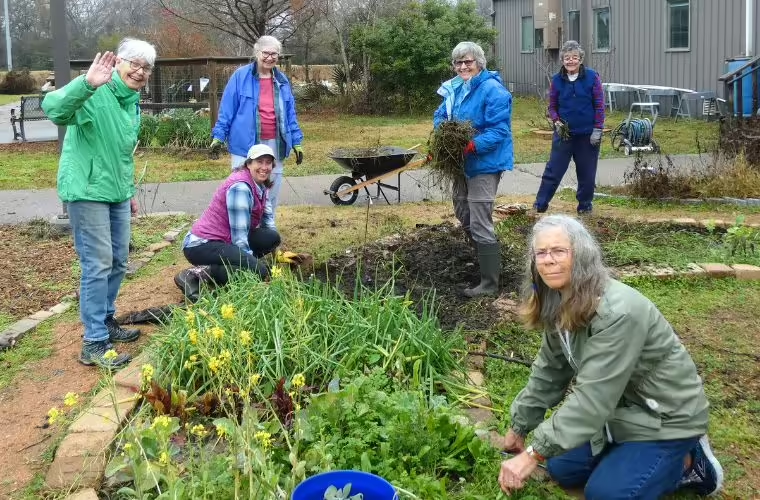November 11, 2024 @ 6:15 pm – 8:30 pm
This meeting was originally scheduled for July but canceled due to Hurricane Beryl. If you registered in July, your registration is good for November.
Please join us for our chapter meeting in person or online!
6:15 Doors Opens – UHCL Bayou Building, Forest Room
6:40 Zoom Opens
6:45 Business Meeting
6:55 Plant of the Month
7:00 Guest Speaker
What’s all the hype about native plants? Through photos and stories, native Texan Cherie Colburn demonstrates her gardening mantra of “first, do no harm” by showing how attention to where, why, and what’s in our gardens can make us better stewards of our world.
About the Speaker
A professional landscape designer and native Texan, Cherie has designed hundreds of low-maintenance commercial and residential landscape designs since 1994 through her company, Nature’s Tapestry. She’s also helped create schoolyard gardens and habitats throughout Texas. As a garden writer, she’s authored traditionally published books for both children and adults while also contributing more than 100 magazine and newspaper articles over the last four decades. Cherie’s gardening blog – Garden Dishes – was named by PBS’ Central Texas Gardener as a favorite.
In her spare time, you can find Cherie singing and gardening – often simultaneously – at her home or church in The Woodlands where she feels confident she’s proven the theory that singing to plants makes them grow faster. Or, maybe that it only works on native plants and noxious weeds!
In-person – Parking Pass Required
New YELLOW parking passes are needed. If you have a pass, don’t forget it – you will not get another one if you picked one up previously. If you need a pass, arrive early enough to pick one up from a volunteer or in the meeting room and place it in your car. DO NOT park in faculty/staff parking (enforced 24/7).
Arrive early to socialize and enter your name in the drawing for the door prize.
Map and Directions – The meeting will be held in Bayou Building Forest Room at UHCL.
University of Houston-Clear Lake
2700 Bay Area Blvd.
Houston, TX 77058
Online – Zoom
Register in advance for this meeting. After registering, you will receive a confirmation email containing information about joining the meeting.
This is a FREE EVENT. Meetings are open to members and non-members. If you would like to become a member, you may join online. For more information about the Native Plant Society of Texas and the benefits of membership please visit: npsot.org.
Hosted by the Environmental Institute of Houston, University of Houston-Clear Lake.
Related Events
-
Propagation Techniques for Native Hollies, Cross Timbers Chapter Meeting (Weatherford)- Tuesday 1/28/2025
January 28 @ 6:00 pm – 8:00 pm







